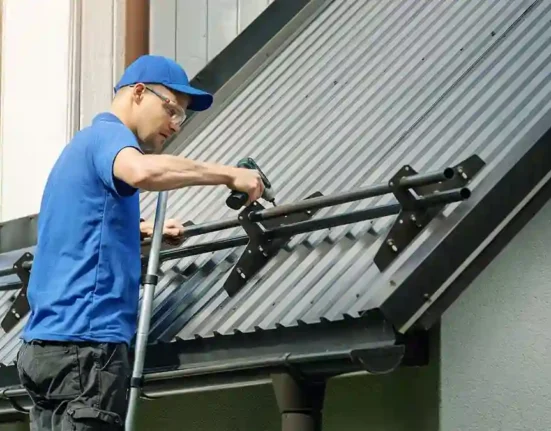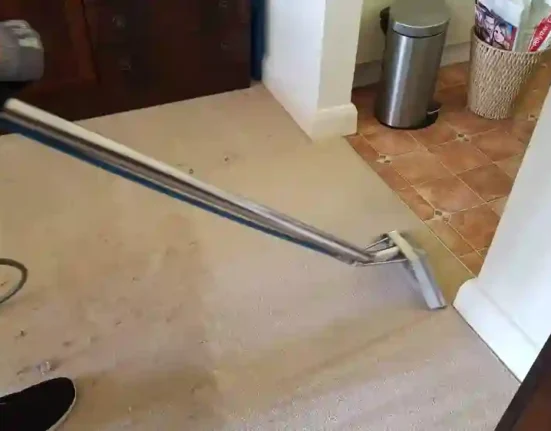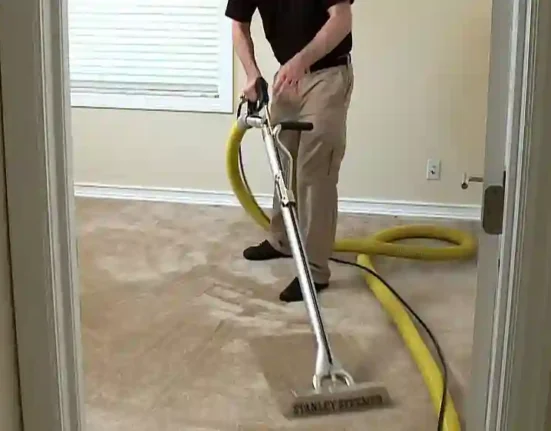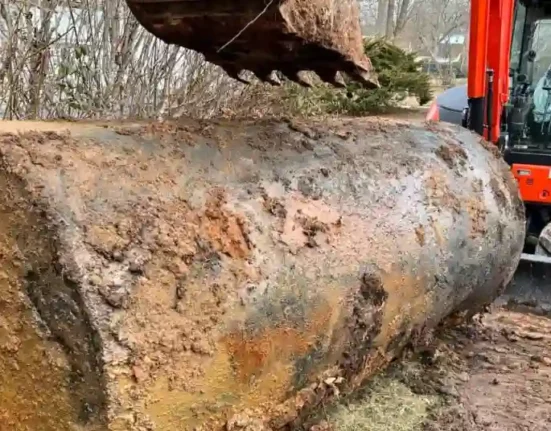For many new homeowners, the prospect of managing a septic system can be a bit intimidating. Septic tanks are often seen as mysterious underground chambers that require occasional attention but remain largely out of sight and mind. In this article, we will unravel the mystery of septic tank pumping, providing a comprehensive guide for new homeowners to understand the importance, process, and best practices associated with septic tank maintenance.
What is a Septic Tank, and Why Does it Matter?
Before diving into septic tank pumping, let’s start with the basics. A septic tank is an underground wastewater treatment system commonly used in rural and suburban areas that are not connected to municipal sewer systems. It’s designed to collect, treat, and safely dispose of household wastewater, including everything that goes down your drains, toilets, and sinks.
The septic tank’s role is crucial in breaking down solids, separating them from liquids, and allowing treated effluent to flow into a drain field, where it further undergoes natural purification before reentering the groundwater. In essence, your septic tank is responsible for treating the wastewater generated by your household, ensuring that it does not harm the environment or pose health risks.
The Importance of Regular Septic Tank Pumping
One of the most critical aspects of septic system maintenance is septic tank pumping. Over time, solid waste and sludge accumulate at the bottom of the tank. If not removed periodically, these solids can build up to a point where they clog the system, leading to costly repairs, backups into your home, and even system failure.
Regular septic tank pumping is essential to:
- Prevent System Failure: Pumping removes accumulated solids, preventing clogs and system overloads that can result in failure.
- Extend System Lifespan: Proper maintenance through pumping can significantly extend the life of your septic system, saving you money in the long run.
- Ensure Effective Treatment: A well-maintained septic tank effectively treats wastewater, minimizing the environmental impact.
- Protect Property Value: A functioning septic system is a valuable asset for your property, and routine maintenance helps maintain its value.
Determining the Pumping Frequency
The frequency at which you should pump your septic tank depends on several factors, including:
- Tank Size: Smaller tanks fill up more quickly and require more frequent pumping.
- Household Size: The more people in your household, the more wastewater your system handles, necessitating more frequent pumping.
- Water Usage: High water consumption, such as excessive laundry or long showers, can increase the frequency of pumping.
- Tank Condition: Older or poorly maintained tanks may require more frequent pumping.
- Local Regulations: Some areas have specific regulations governing septic tank pumping intervals.
On average, most homeowners should aim to pump their septic tanks every 3 to 5 years. However, it’s essential to have a professional assess your system and recommend a pumping schedule tailored to your specific circumstances.
The Septic Tank Pumping Process
Now that you understand why septic tank pumping is crucial let’s demystify the process itself:
Step 1: Hire a Professional
While some homeowners attempt DIY septic tank pumping, it’s generally recommended to hire a professional service for this task. Professionals have the necessary equipment, experience, and expertise to perform the job safely and efficiently while adhering to local regulations.
Step 2: Locating and Accessing the Tank
Your septic tank is typically buried underground, so locating it is the first challenge. Professionals use specialized tools to find the access point or lid, which may be covered by grass, soil, or a concrete riser. Carefully exposing the access point is essential to avoid damage to the tank or its components.
Step 3: Inspecting the Tank
Before pumping, the professional will inspect the tank to assess its condition, check for leaks or damage, and determine the depth of accumulated solids and sludge. This information helps them plan the pumping process effectively.
Step 4: Pumping the Tank
Once the inspection is complete, the professional will use a powerful pump to remove the liquids and solids from the septic tank. The waste is transferred to a specialized truck designed to transport septic waste safely and hygienically.
Step 5: Cleaning and Maintenance
After pumping, the tank may undergo additional cleaning to remove any residual solids or scum. The lid is securely replaced, and the area is restored to its previous condition. Professionals may also provide recommendations for future maintenance based on their inspection findings.
Step 6: Disposal and Environmental Responsibility
Septic waste must be disposed of responsibly and in compliance with local regulations. Professional services are well-versed in proper disposal methods, ensuring that septic waste does not harm the environment or public health.
Maintaining a Healthy Septic System
Septic tank pumping is just one aspect of maintaining a healthy septic system. Here are some additional tips for new homeowners:
- Water Conservation: Be mindful of water usage to reduce the load on your septic system. Fix leaks promptly and consider using water-saving fixtures and appliances.
- Septic-Safe Products: Use septic-safe cleaning and personal care products to avoid disrupting the balance of beneficial bacteria in your tank.
- Regular Inspections: Schedule regular inspections of your septic system to detect and address any issues early.
- Avoiding Harmful Substances: Do not flush non-biodegradable items, grease, chemicals, or pharmaceuticals down the drain, as these can harm your septic system and the environment.
- Landscaping: Proper landscaping can help protect your septic system and drain field from damage. Avoid planting trees or shrubs near the system to prevent root intrusion.
Conclusion
Understanding septic tank pumping is an essential part of responsible homeownership for those with septic systems. By adhering to a regular pumping schedule, hiring professionals, and practicing good septic system maintenance, new homeowners can ensure the longevity and effectiveness of their septic systems while minimizing their environmental impact. Remember, a well-maintained septic system not only preserves property value but also contributes to a healthier environment for all.









